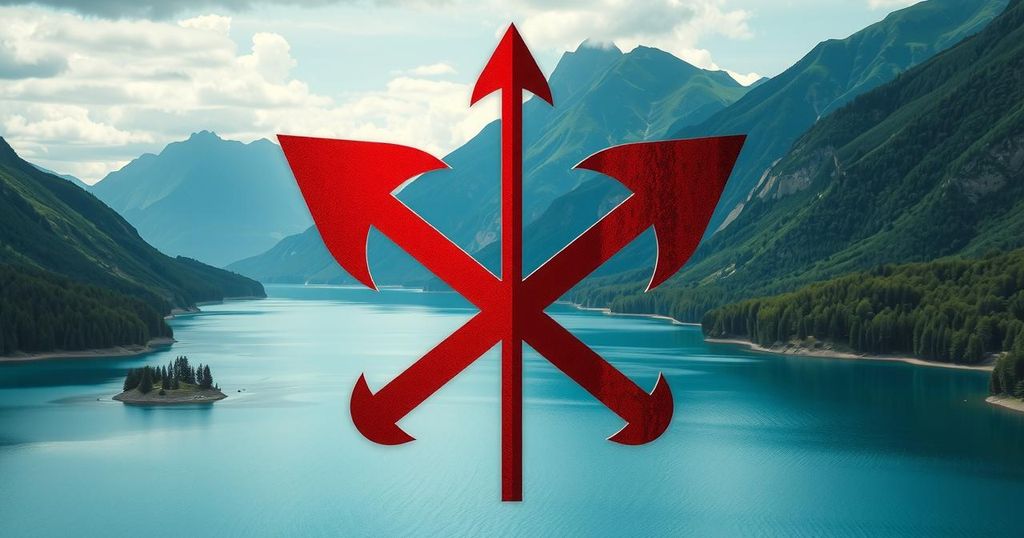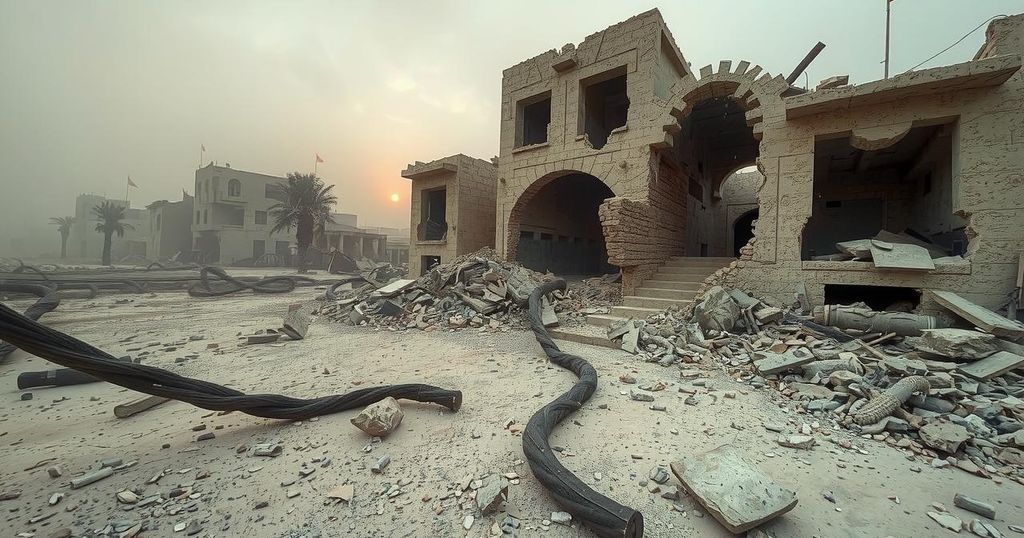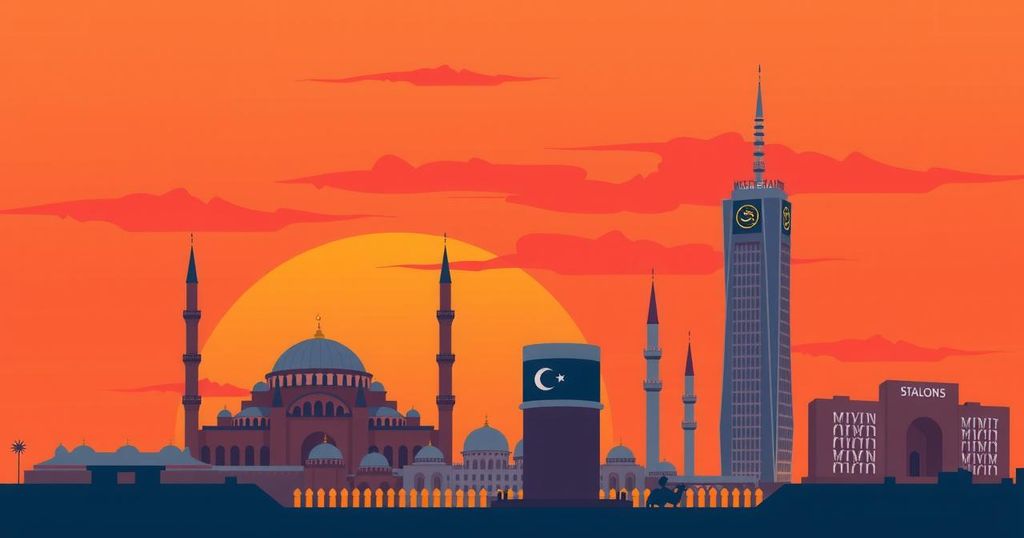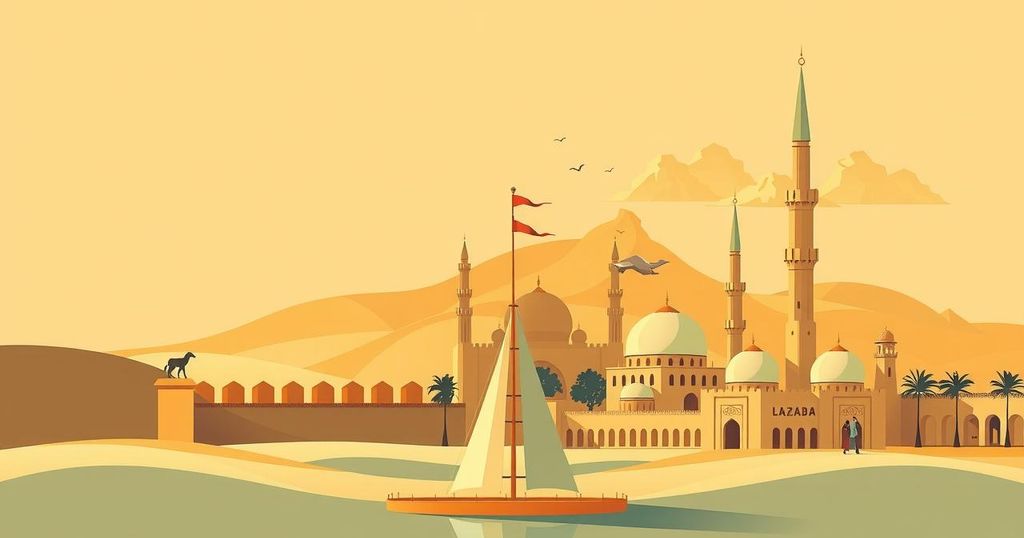The conflict in the Democratic Republic of Congo (DR Congo) has persisted for over 30 years, exacerbated by the interests of various armed groups in the mineral-rich eastern region. The current fighting involves the M23 rebel group, which recently entered Goma, a crucial city linked to mining. Rwanda’s alleged involvement complicates the situation, rooted in historical ethnic tensions following the 1994 Rwandan genocide.
The Democratic Republic of Congo (DR Congo) has been embroiled in conflict for over three decades, notably since the 1994 Rwandan genocide. The mineral-rich eastern region of Congo attracts numerous armed groups vying for control over valuable resources, causing significant regional instability and drawing in neighboring countries. This instability was particularly evident in the 1990s when two massive conflicts, termed Africa’s World Wars, resulted in millions of deaths.
Currently, the M23 rebel group has rapidly advanced into Goma, a key city in eastern DR Congo with a population exceeding one million. Goma serves as a vital trading hub and is in proximity to mining regions that supply highly sought-after minerals such as gold, tin, and coltan. While M23 claims to control Goma, the Congolese government asserts that its troops retain control over some critical locations within the city.
The M23 group is predominantly led by ethnic Tutsis who argue that their military actions are necessary to safeguard the rights of the minority group. They have condemned previous peace agreements as unfulfilled, taking their name from a deal signed on March 23, 2009. After seizing Goma in 2012, the M23 faced international backlash for human rights abuses but was later ousted from the city, only to rearm in 2021, claiming that promises made to protect Tutsis had been broken.
Rwanda has consistently denied supporting the M23, despite UN accusations stating that it provided military assistance to the group since 2012. Claims of Rwandan troops fighting alongside the M23 have emerged, with a recent UN report estimating their presence at around 4,000 soldiers. While Rwanda acknowledges the threat posed by the fighting near its border, it cites the Congolese government’s refusal to engage with the M23 as a contributing factor to the conflict.
The current conflict is deeply rooted in events stemming from the 1994 Rwandan genocide, which saw the deaths of approximately 800,000 individuals from the Tutsi community. The subsequent wave of Hutu refugees fleeing to DR Congo exacerbated existing ethnic tensions, particularly affecting marginalized Tutsi groups like the Banyamulenge. Rwanda’s military interventions in DR Congo sought to address these tensions and target those responsible for the genocide, yet a Hutu militia, the FDLR, persists as a threat in the region.
Rwanda refers to the FDLR as a “genocidal militia,” arguing that its existence poses a threat to national security. Until the FDLR is neutralized, Rwanda is unlikely to withdraw from DR Congo. Despite claims of humanitarian motives, Rwanda is often accused of exploiting eastern DR Congo’s mineral wealth through its involvement in the conflict.
In summary, the ongoing conflict in the Democratic Republic of Congo is intricately tied to historical tensions dating back to the Rwandan genocide. The resurgence of the M23 group highlights the fragility of peace agreements and the complexity of regional politics involving Rwanda. With local and international actors engaged, resolving these issues is crucial for stability in this resource-rich yet tumultuous region.
Original Source: www.bbc.co.uk




